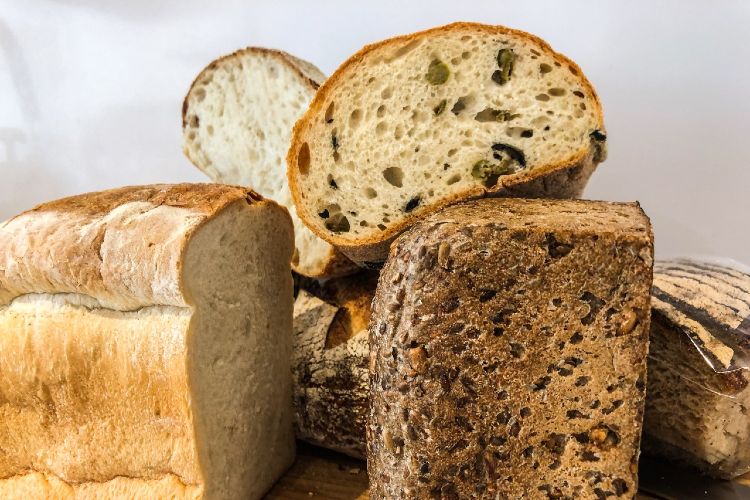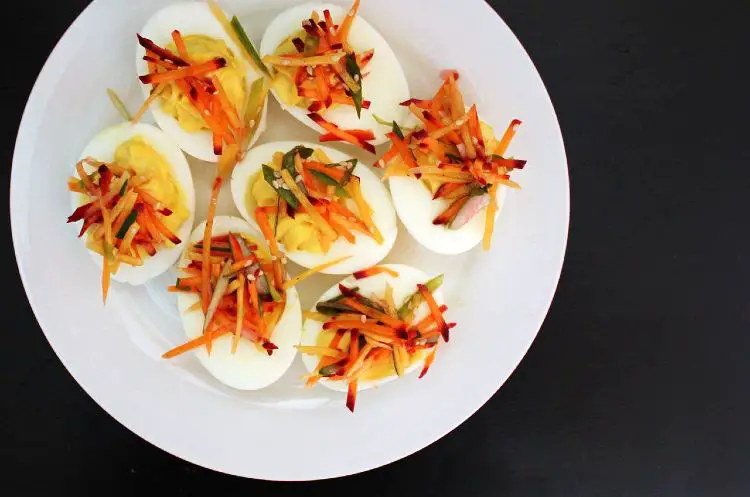Culatello at Podere Cadassa
Culatello is Parma ham’s charismatic, and more expensive, cousin. If you ever wished for a stronger, more insistent note from prosciutto, more like Spanish ham perhaps, then culatello is the answer. We went to see it being made and then sampled it at one of the handful of culatello producers clustered around the banks of the River Po in the Parma province, midway between Bologna and Milan.
For five generations, the Bergonzi family has run a restaurant, Al Vedel, and served in it their home produced salami. Al Vedel began life at the same time as Italian unification whose 150th anniversary has just been celebrated.
Ten years ago, Enrico and Edgarda Bergonzi decided to go into culatello production, recognising the great asset of their location, just amile or so away from the Po river. This position guaranteed a high level of year around humidity, critical in ageing the ham.
So they built a butchery with a cellar, called Podere Cadassa. Culatello production is more limited than for prosciutto – it can be made in just 8 comune, or municipal regions. Currently, only 21 producers are able to apply the DOP (Denominazione Protetta – protected provenance) stamp to their output but these include mass producers like Negroni.
Podere Cadassa is one of the smaller producers, producing barely 5000 hams a year, and one of a handful that ages its culatelli for three years. By comparison, there are 189 Prosciutto di Parma producers.
Ricardo, the master butcher, showed us how it’s done. The culatello is the fleshy top of the haunch of the pig and it is carefully butchered to create a 7kg piece of meat with the end of the bone exposed so that salt and then air can penetrate the recesses where otherwise rot could take hold. The front part of the haunch is cut away and also cured as a ham, while the trimmings are used to make salami and pancetta.
As well as culatello, the butchery produces several types of salami, including a thin, quickly cured salami, called strolghino, which uses honey as the preservative.
‘We don’t use any artificial preservatives or flavourings here’, Edgarda assures us.
The meat is covered in salt and left for six days, washed and left to rest for another six days, and then it is placed in a bladder, sewn up and finally Ricardo creates a string truss around it.
Throughout this first part of the process, the meat has to be kept consistently cool, so to help this production takes place only in the winter months.
Once the meat has been thoroughly dried it is transferred to the cellar. Built on earth with a tiled floor, the cellar is home to the culatelli for between 18 months and three years. By the time the hams are finished and ready for market they will have shrunk to 4kg.
Through the dark gloom of the cellar, we see thousands of hams hanging from the ceiling, smelling the mustiness of the benign mould that grows on the outside of the skin, and feeling the dampness all around us. A high level of humidity is required as the culatelli age in order to promote the curing process. In the summer this may entail raising the water level under the floor of the cellar which is conveniently built over an aquifer.
A quick calculation suggests a stock of around £1m of ham suspended in the air – a big investment that will take years to realise.
In the restaurant, we sample from a board on which are arrayed three culatelli – of 18, 24 and 36 months – as well as coppa, salamis and pancetta. (Not cheap – it costs the three of us over £40.)
We all vote for the 36 month culatello for the depth of flavour, and also for the strolghino, salami cured with honey, with its faintly sweet note and succulent flesh.
Contact Details
Podere Cadassa website: www.poderecadassa.it
Martin Yarnit’s food blog: www.tasteforbologna.blogspot.com
Follow Martin on Twitter: @MartinYarnit


